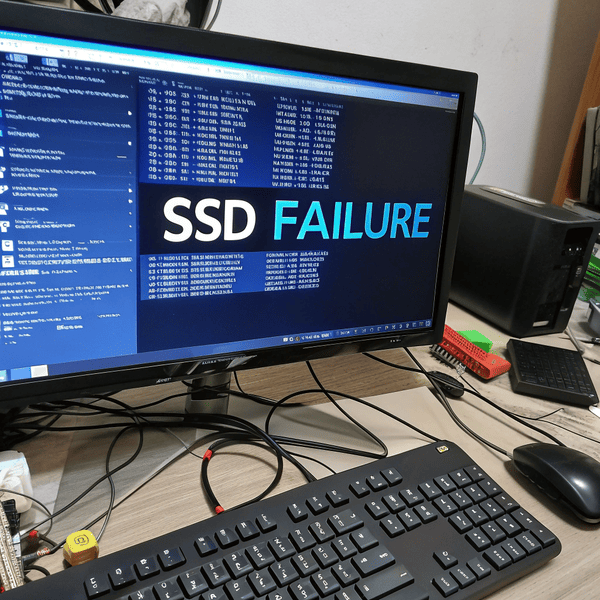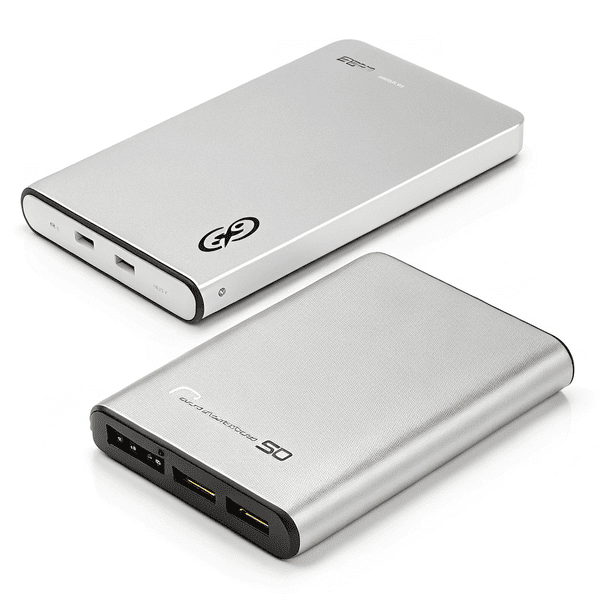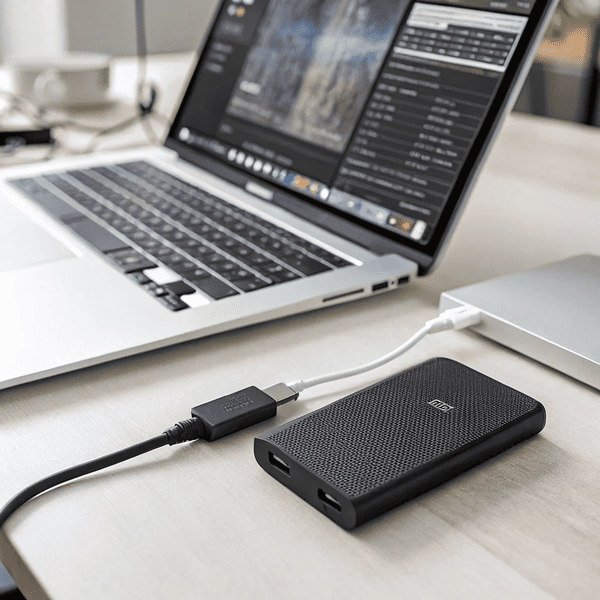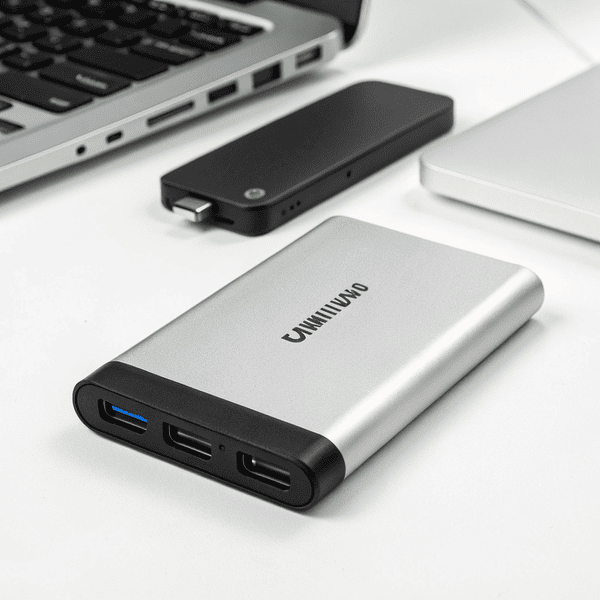It’s easy to trust SSDs because they’re fast and silent. But when one fails, it’s sudden and shocking, and the It’s easy to trust SSDs[^1] because they’re fast and silent. But when one fails, it’s sudden and shocking, and the data loss can feel like a punch in the gut.
[^1]: Exploring the pros and cons of SSDs can help you make informed decisions about your storage options.
can feel like a punch in the gut.
SSDs do fail, sometimes without warning. Common issues include data corruption, unexplained slowdowns, or drives refusing to appear on your system. It’s less frequent than hard drives, but not rare.
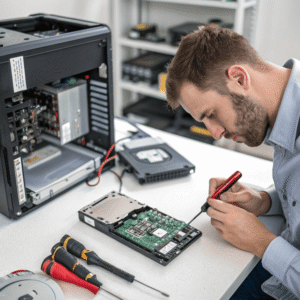
My first SSD failure was years ago, right when I started archiving design projects. One day, my laptop froze, and the drive vanished. No clicking, just silence. The drive never powered up again, and I learned that even with no moving parts, SSDs can—and do—fail. It left me religious about regular backups.
Is it common for SSDs to fail?
People often believe SSDs are almost immune to failure since they have no spinning disks or heads like regular hard drives.
SSDs fail less often than HDDs due to their solid-state design, but they still have a limited lifespan and can stop working unexpectedly, especially after many write cycles or power surges.
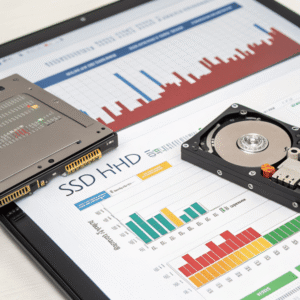
SSDs use flash memory, so they aren’t susceptible to physical shocks like disks. But every memory cell in an SSD can only be written to a certain number of times before it wears out. Here’s a quick breakdown of what affects SSD failures:
| Cause of Failure | SSD | HDD |
|---|---|---|
| Physical impact | Rare | Very common |
| Power surge/instability | Possible | Possible |
| Wear-out (write cycles) | Yes (limited lifespan) | No (mechanical wear) |
| Firmware bugs | Possible | Possible |
When I compare my years working with both, I see SSDs failing less from physical damage, but sometimes they just stop working instantly, while HDDs often give noisy warning signs first. So while it’s not common, it happens more than most people expect.
How do you know if your SSD has failed?
Unlike old hard drives, SSDs rarely make any noise before they stop working, which makes Unlike old hard drives, SSDs[^1] rarely make any noise before they stop working, which makes detecting failure extra tricky.
[^1]: Understanding SSD failure signs can help you prevent data loss and ensure timely backups.
extra tricky.
If your computer boots slowly, freezes, frequently crashes, or the drive suddenly disappears from BIOS or Windows, your SSD is likely failing or already dead.

Hard drives click, grind, or make strange noises before failing. SSDs don’t. Instead, here are classic warning signs I’ve seen or heard about:
| Symptom | What It Means |
|---|---|
| Sudden unresponsiveness | SSD may be dead/failed |
| Repeated BSOD/crashes | Firmware or bad cells |
| Missing from BIOS | Firm failure, controller issue |
| Files corrupting | Cells wearing out |
| Very slow performance | Memory sector errors |
More than once, my SSD started “stalling” when copying files, then vanished entirely after a restart. The key is to back up regularly—data on a failed SSD is much harder (and sometimes impossible) to recover than on an old hard drive.
What is the failure rate of SSD?
People want numbers to feel safe with their data, but SSD reliability changes with tech and usage.
Latest studies show annual SSD failure rates between 0.5% and 1.5%, which is lower than that of most HDDs, though rates rise with age and total data written.
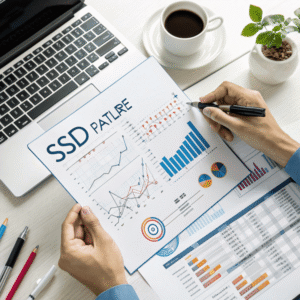
Manufacturers often quote millions of hours of “MTBF” (mean time between failures), but that doesn’t always reflect real-world results. Here’s a look at recent findings from large-scale cloud providers and studies:
| Year in Use | SSD Failure Rate | HDD Failure Rate |
|---|---|---|
| First year | ~0.5% | ~1-2% |
| Third year | ~1.0% | ~3% |
| After 5 years | 1.5-2% | 4-6% |
| Factors affecting rates | Total writes, brand, usage | Age, usage, shocks |
Cloud companies report that consumer and enterprise SSDs behave differently, but in most consumer and workstation use, SSDs last longer and fail less than spinning hard drives—at least until they wear out all their flash cells or run into firmware problems.
I track drive health using monitoring tools now, after learning how unpredictable SSD lifespan can be under heavy workloads. Sometimes, sudden failure still happens—proof that no storage is fail-safe.
Conclusion
SSDs are much more reliable than older hard drives, but they can and do fail—sometimes without any warning—so frequent backups are non-negotiable.

